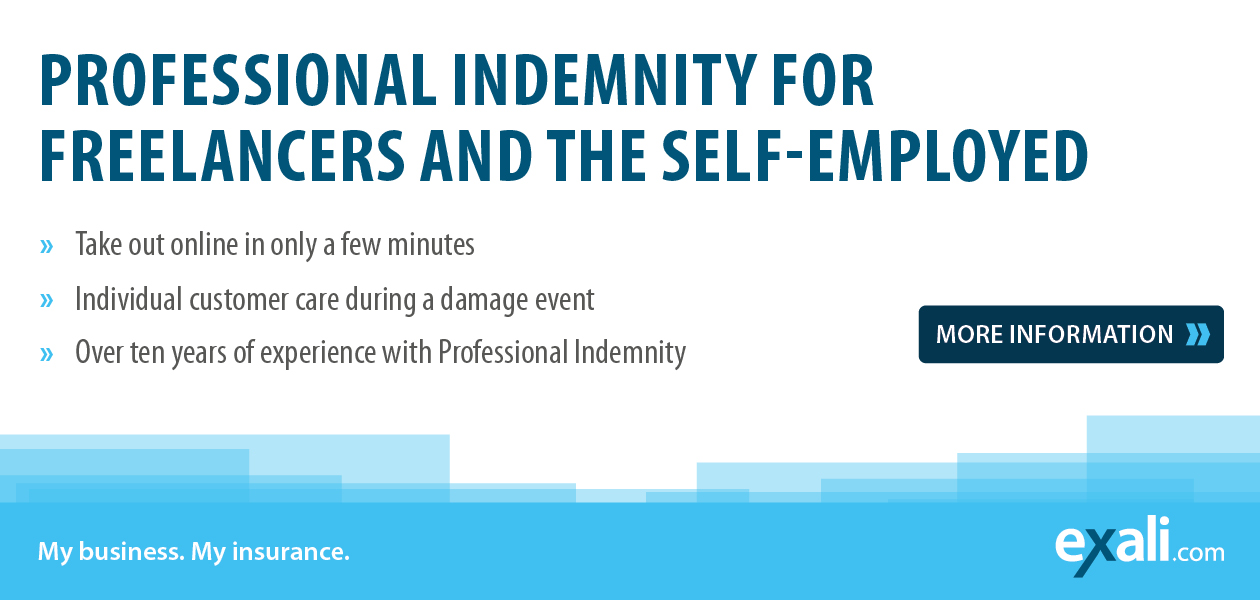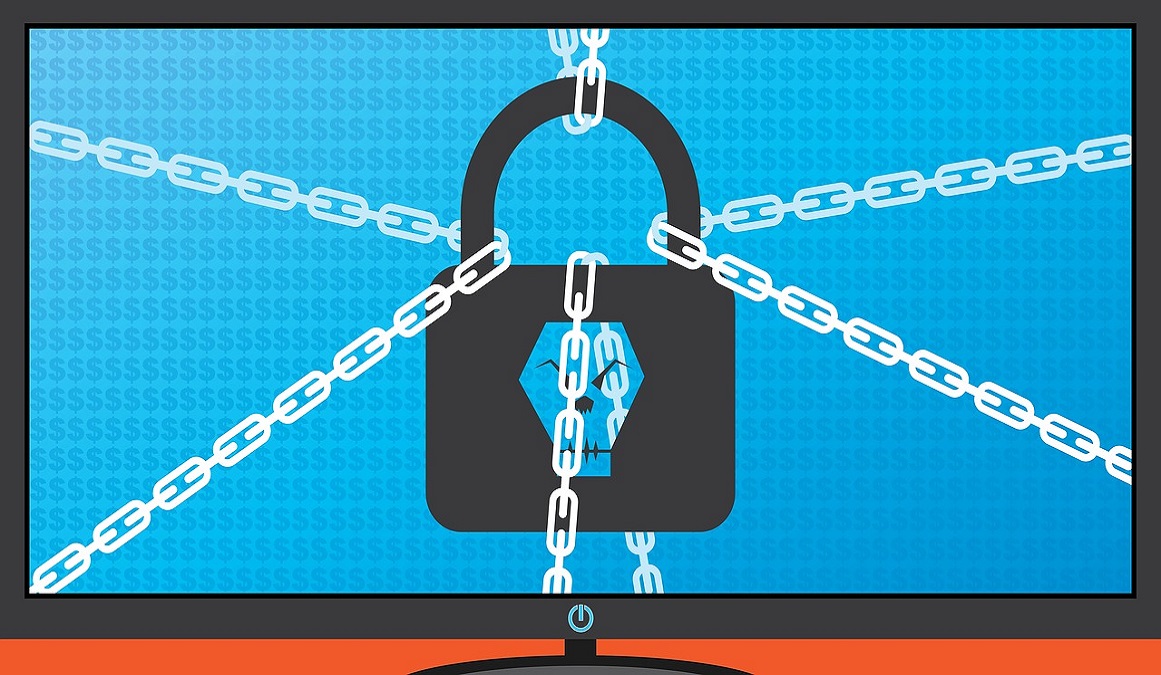Supply Chain Attack: How To Protect Yourself Against Attacks On Your Delivery Network
A supply chain attack is a particularly perfidious variant of a cyber attack. Instead of targeting a company directly, suppliers and third parties are caught in the crossfire. This can also affect you in your work as a freelancer or self-employed person if you work with a company. In this article, we describe how such an attack works, what the consequences are and how you can protect your business against such an incident.
Article Overview:
Why Are Supply Chain Attacks So Dangerous?
Why Are Supply Chain Attacks Relevant For the Self-Employed and Freelancers?
How Does a Supply Chain Attack Work?
How Can You Protect Your Business Against Supply Chain Attacks?
How Do You Recognise a Supply Chain Attack?
Supply Chain Attacks: Freelancers and the Selfemployed Are Part Of the Solution
Why Are Supply Chain Attacks So Dangerous?
In our globalised world, corporate supply chains are complex and extensive. Criminals use weaknesses in the security architecture of third parties as a gateway to gain access to company networks. The barriers to this are frighteningly low: companies are often primarily concerned about their own security. They rely on third-party providers to take care of their own cyber protection. This fallacy is fatal and facilitates attacks along the supply chain.
Many of them are now so complex that attacks are usually difficult to prevent and not easy to trace. In the worst-case scenario, they can cause devastating damage running into billions. For this reason, not only large companies, but also you as their service provider, should attach importance to high security standards.
Why Are Supply Chain Attacks Relevant For the Self-Employed and Freelancers?
Even if you don't run a large company that relies on a huge number of suppliers, you can still be part of a supply chain with your services. If cyber criminals choose your business as a gateway for a supply chain attack, this means damage in two ways: firstly, your business is damaged and secondly, your customers are affected. If it then turns out that you could have prevented the attack with better security measures, the trust of clients is permanently undermined. Not only are you threatened with claims for compensation, but your further cooperation is also at stake.
How Does a Supply Chain Attack Work?
In a supply chain attack, hackers spread malware via suppliers and other third parties. This works, for example, by infiltrating a keylogger (spyware) into a company's network via a USB drive. There it logs keystrokes in order to obtain employees' passwords. This allows it to access sensitive data.
There are different variants of a supply chain attack:
- Attack via software: One compromised application is all it takes for malicious software to spread along the entire supply chain. These attacks usually target the source code of an application and transfer malicious code into an application that is actually trustworthy. Software updates are a favourite target for cyber criminals. This attack is particularly difficult to trace, as hackers like to use fake certificates to give the software a legitimate look.
- Attack via hardware: Physical devices are used here (such as the above-mentioned keylogger). In the worst case scenario, the attack hits a device that runs through the entire supply chain - this ensures the greatest reach and maximum damage.
- Attack via firmware: Malware is injected into the boot code of a computer. The next time the affected device boots up, the malware is executed. This variant of the supply chain attack is particularly fast, difficult to recognise and causes huge damage.
There are many different types of malware that can damage your systems. This article gives you an overview: Viruses, Worms and Trojans: What Are the Differences and How You Can Protect Yourself.
These are just three of many common attack variants. Criminals now use a wide range of scams and require comprehensive protective measures.
Fully Protected - Even As Part Of the Supply Chain
If you run a business, you have to face many risks. Whether in the event of a written warning, property damage or if your client cancels the contract - Professional Indemnity Insurance through exali protects your existence. This is possible because the insurer checks the legitimacy and amount of claims made against you at its own expense. If these are justified, the insurer will pay the damage amount. Unjustified claims are defended in your name.
Whether as part of a supply chain or if your business is hit by a direct attack, the risk of cyberattacks is becoming increasingly important. This can result in damage to you (first-party-damage) and your customers. Damage to your customers is already covered as standard. Professional Indemnity Insurance through exali offers you an optional Add-on to cover your own losses, which also provides you with optimum coverage in the event of a successful cyberattack. With our Additional Add-on for First-Party Cyber and Data Risks Insurance (FPC), you are protected against hacker damage to your own IT systems. The insurer bears the (additional) costs for restoring the systems in order to avoid a lengthy interruption to your business. If required, it will also cover crisis management, computer forensics, credit monitoring and PR services through to ransom payments.
Want to know more? Our customer service will be happy to help you further. You can reach us from Monday to Friday on + 49 (0) 821 80 99 46 0 from 09:00 am to 06:00 pm (CET). Or you can simply use our contact form.
How Can You Protect Your Business Against Supply Chain Attacks?
The bad news first: there is no such thing as complete protection against cyberattacks - this also applies to supply chain attacks. However, you can reduce the risk or significantly mitigate the potential impact. For example, these measures and, in the worst-case scenario, Professional Indemnity Insurance with cyber coverage can help:
- Adhere to the safety standards specified by your client.
- Manage access authorisations: This means that everyone involved only has access to the data that is absolutely necessary for their work.
- Prevent malware with the right up-to-date antivirus software.
- Use external expertise: Let experts take a look at your security infrastructure. This will help you uncover vulnerabilities, arm your business against threats and improve your security architecture.
- Rehearse the worst-case scenario: It is worth running through an attack scenario from time to time. Have an external penetration test carried out to stage an attack. In this way, you can test your own ability to react and the resilience of your security measures. A so-called honeypot can help with this. This contains fake data that looks important and attracts the attention of hackers. Monitoring makes it possible to recognise attacks on this lure.
- Make cyber security an issue: Everyone involved must understand the importance of cyber security along the supply chain. Keep yourself regularly informed and also train your employees.
- Develop emergency plans and threat models: In the event of an attack, everyone needs to know what to do. Therefore, record exactly who you inform and when and (if you employ staff) who is responsible for what.
- Prevent shadow IT: This can also be an issue if you employ staff. Make sure that they do not use any services that are not officially authorised. After all, you cannot ensure the security of applications that you do not know are being used.
Keeping up with the threats posed by cybercrime is not so easy. Stefan Köster, certified data protection officer from Datenschutzkontor, reveals in an interview how you can protect yourself against this danger: Expert Interview: Cyber Security for Companies.
How Do You Recognise a Supply Chain Attack?
It is difficult to recognise whether your business is part of a supply chain attack - but it is not impossible. Tools can provide valuable support and are a real investment that will save you money in the long run.
- NDR-Tool (Network Detection and Response): Uses artificial intelligence, machine learning and behavioural analysis to detect malicious activity on your network.
- Browser isolation tools isolate or "sandbox" the code of a website before it is executed on an end device. This allows you to stop malware before it reaches its actual target.
- Vulnerability scanner: The capabilities vary depending on the tool. Some look for vulnerabilities on web servers, others track down hosts in the network and check which ports they have open. OpenVAS (Open Vulnerability Assessment Scanner), for example, is an open source vulnerability scanner.
Especially for freelancers and small companies, the range of available tools often seems endless, while the budget is rather limited. You should therefore concentrate on the essential things that you can implement quickly and sensibly.
Supply Chain Attacks: Freelancers and the Selfemployed Are Part Of the Solution
The threat of cyberattacks will increase. Supply chain attacks are a particularly perfidious variant that can cause great damage. For this reason, it is important that all parties involved along the supply chain work together and protect themselves both individually and collectively against the threats posed by cybercrime. No company is too small, no self-employed person or freelancer too insignificant.

Vivien Gebhardt is an online editor at exali. She creates content on topics that are of interest to self-employed people, freelancers and entrepreneurs. Her specialties are risks in e-commerce, legal topics and claims that have happened to exali insured freelancers.
She has been a freelance copywriter herself since 2021 and therefore knows from experience what the target group is concerned about.









